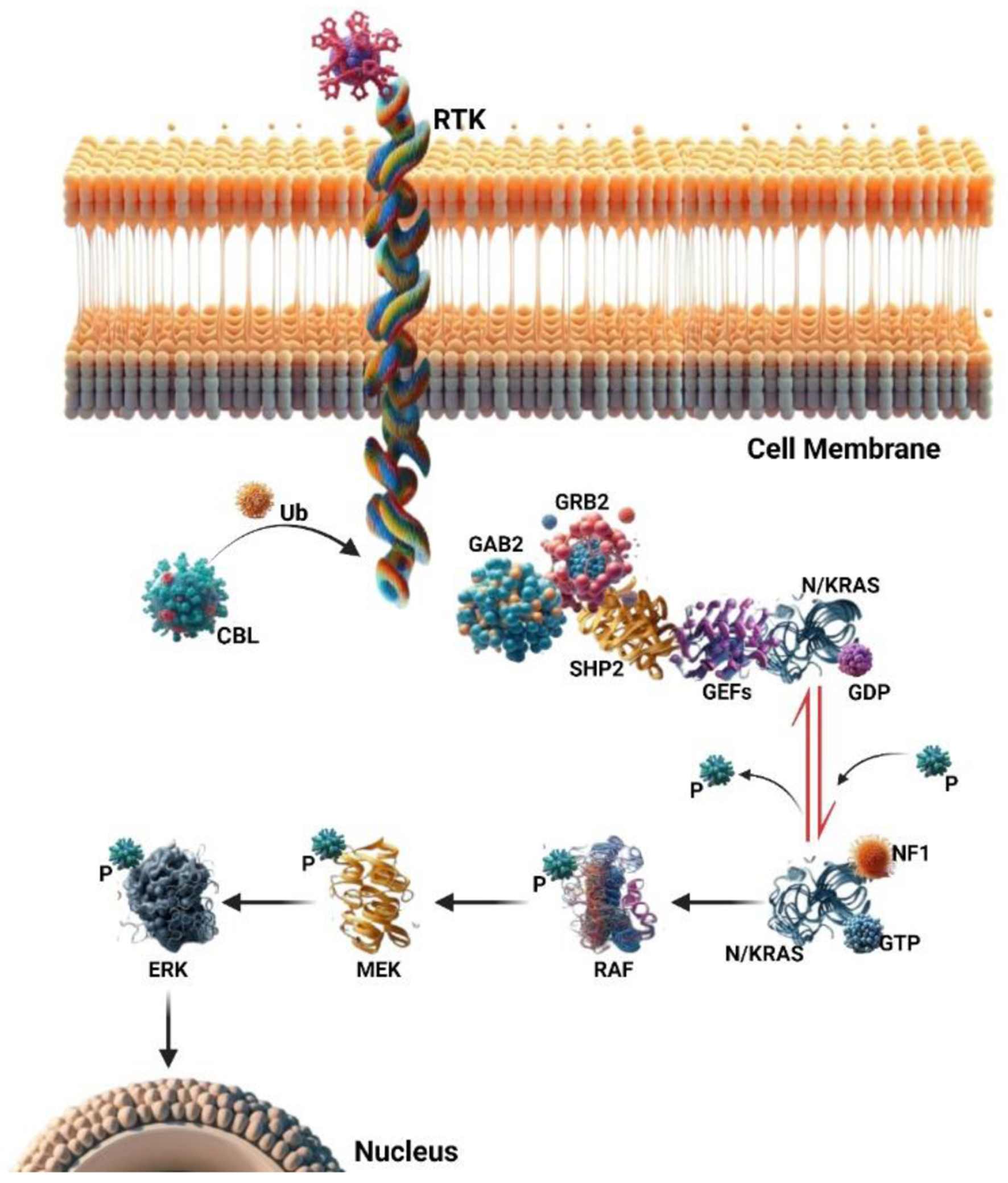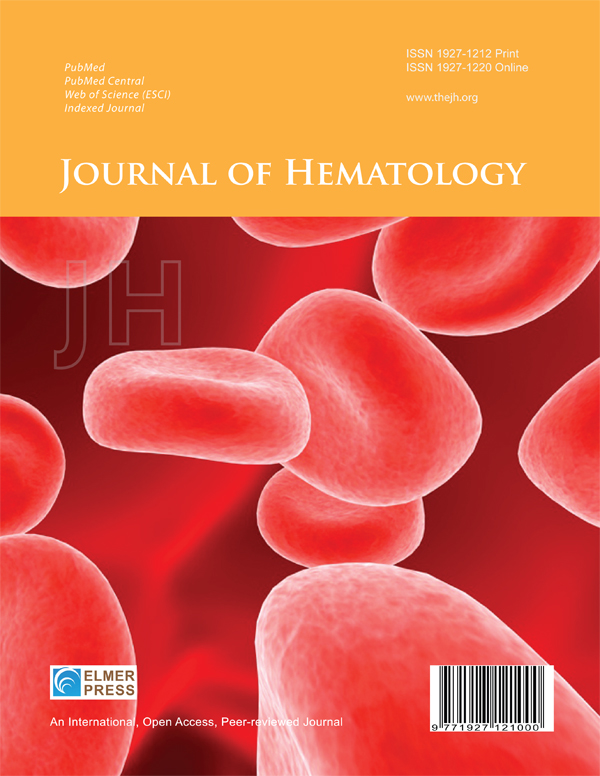MicroRNA Signatures: Illuminating Minimal Residual Disease Monitoring in Juvenile Myelomonocytic Leukemia - A Review
DOI:
https://doi.org/10.14740/jh1384Keywords:
MicroRNA, Minimal residual disease, Juvenile myelomonocytic leukemia, MRD detection techniques, MiRNA profilingAbstract
<p>Juvenile myelomonocytic leukemia (JMML) is an aggressive pediatric myelodysplastic/myeloproliferative neoplasm characterized by RAS pathway mutations and significant heterogeneity. Minimal residual disease (MRD) monitoring is crucial for evaluating treatment response and predicting relapse risk. MicroRNA (miRNAs), small non-coding RNAs with pivotal roles in gene regulation, have emerged as promising biomarkers for JMML MRD detection. This review explores the mechanistic role of miRNAs in JMML pathogenesis, emphasizing their diagnostic, prognostic, and therapeutic potential. Dysregulated miRNA profiles correlate with distinct JMML subgroups and disease progression, suggesting utility in non-invasive MRD monitoring. Emerging evidence highlights miR-150-5p as a tumor suppressor targeting STAT5b and its therapeutic potential in ameliorating JMML’s aberrant signaling pathways. We compare traditional MRD methods, such as flow cytometry and polymerase chain reaction (PCR), with miRNA-based techniques, underscoring the latter’s superior sensitivity, specificity, and non-invasiveness. Recent advances in miRNA profiling technologies, including next-generation sequencing and digital PCR, enable precise detection of residual leukemic cells and support personalized treatment approaches. Despite significant progress, challenges persist in standardizing miRNA-based assays and validating their clinical utility. Ethical considerations, including patient privacy and informed consent, remain critical for integrating miRNA diagnostics into routine care. This review provides a comprehensive synthesis of current knowledge on miRNA signatures in JMML, illuminating their transformative potential in MRD monitoring and paving the way for innovative therapeutic strategies.</p>

Published
Issue
Section
License
Copyright (c) 2025 The authors

This work is licensed under a Creative Commons Attribution-NonCommercial 4.0 International License.









